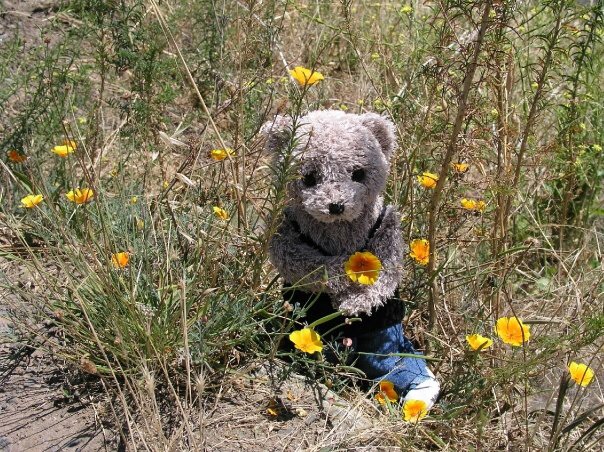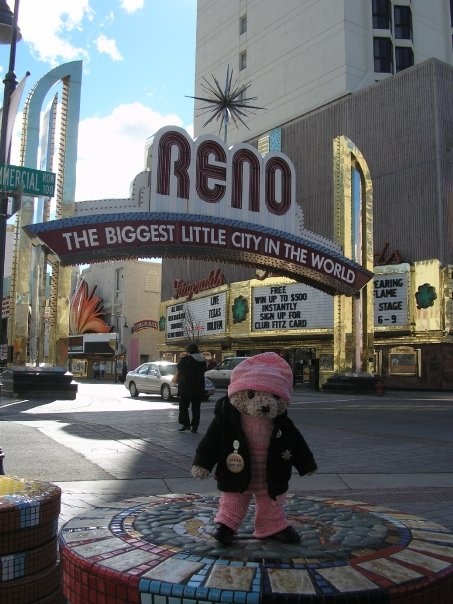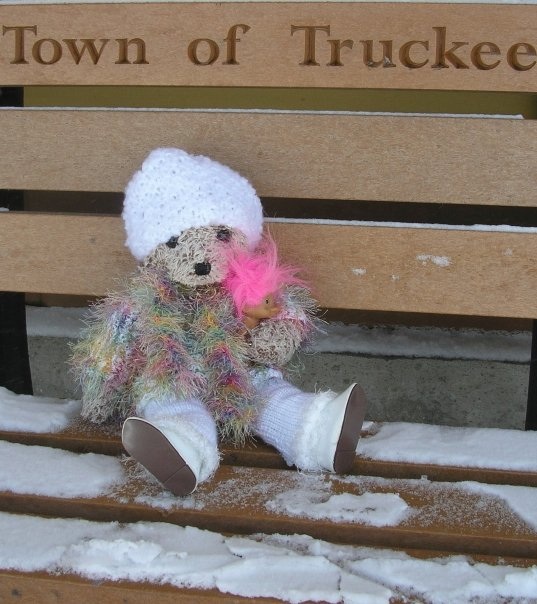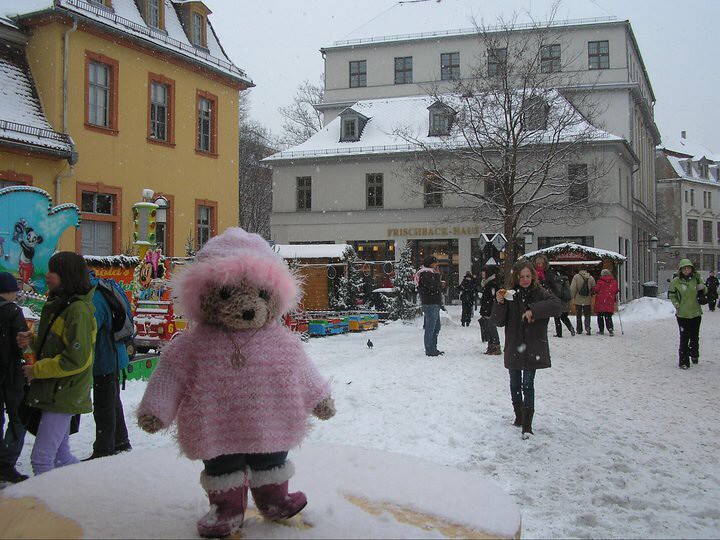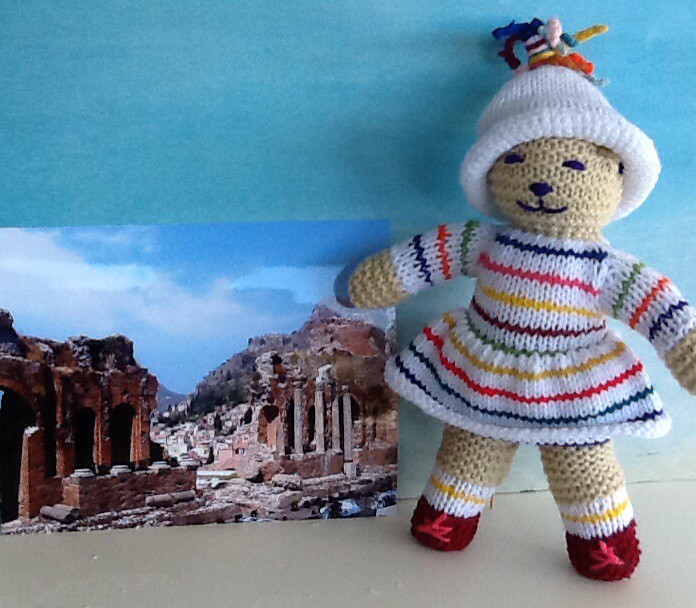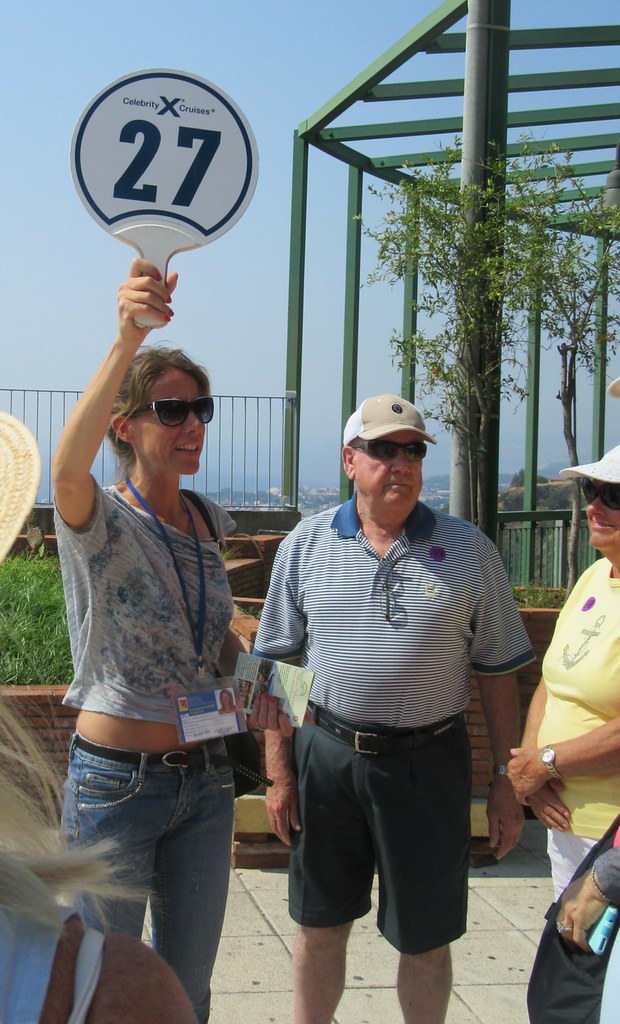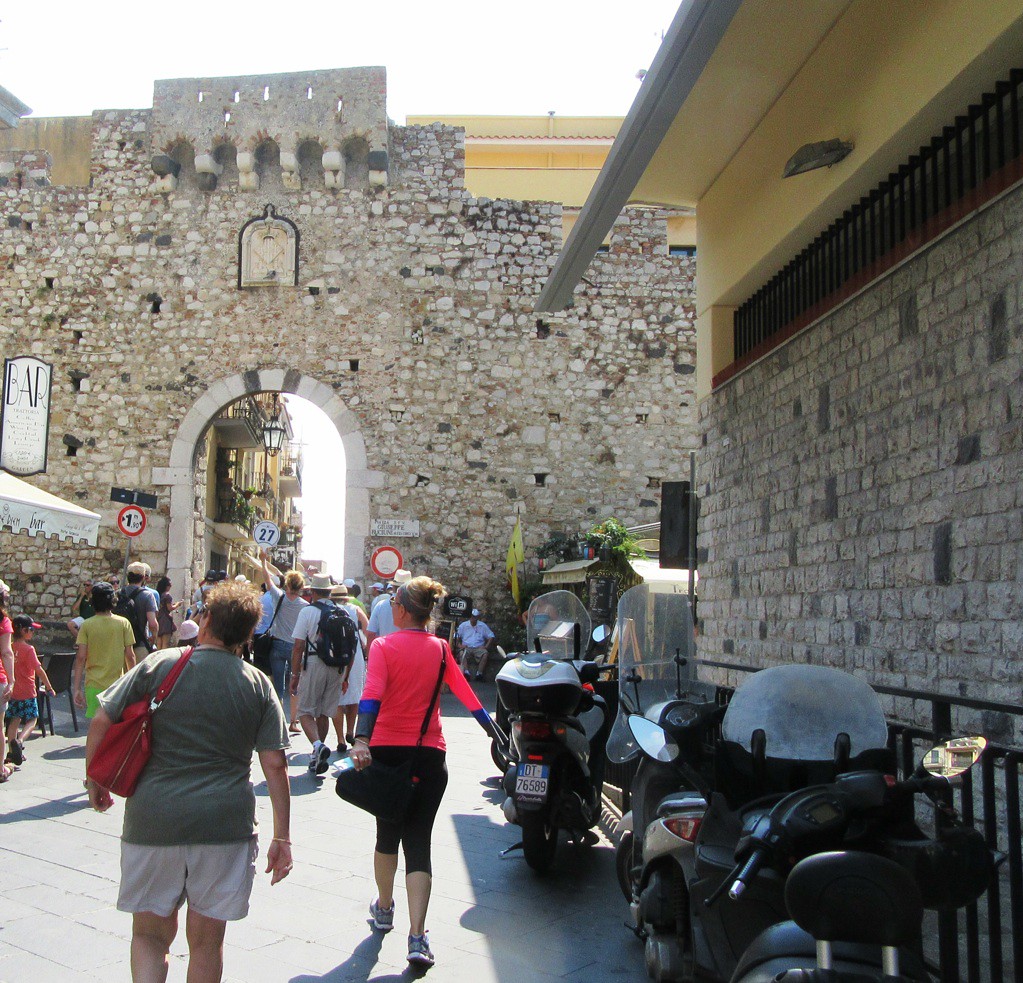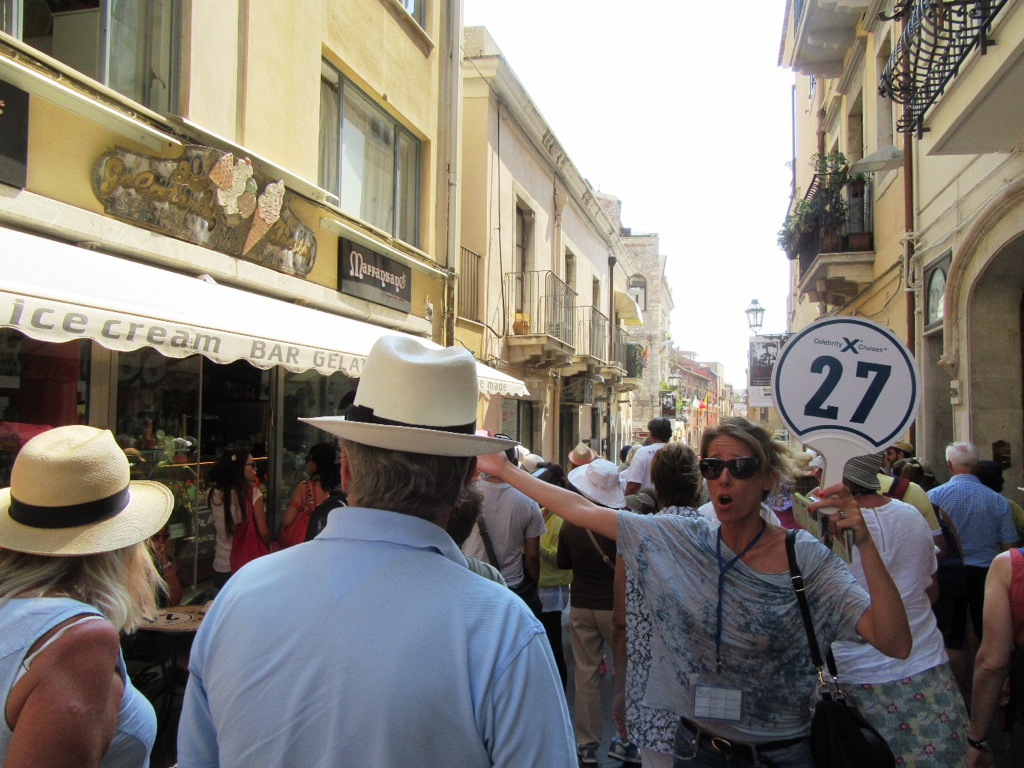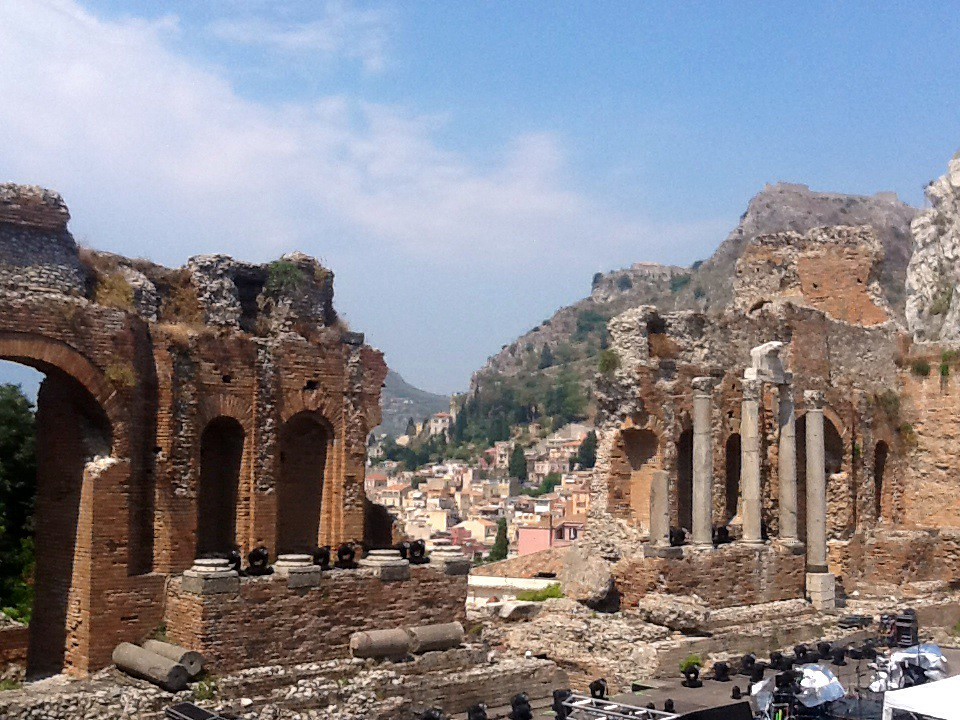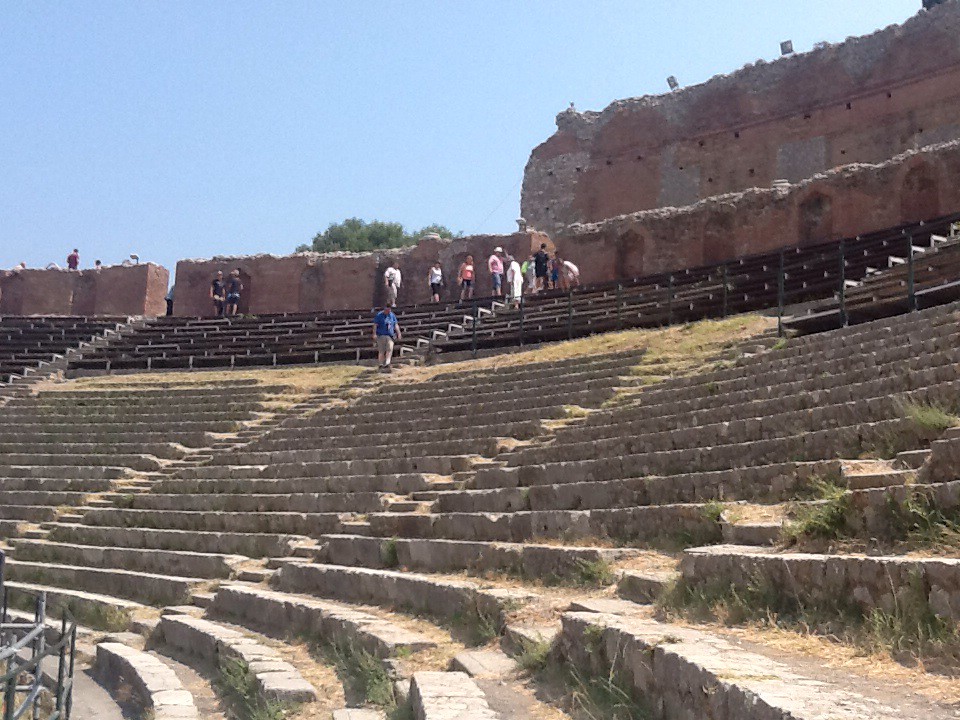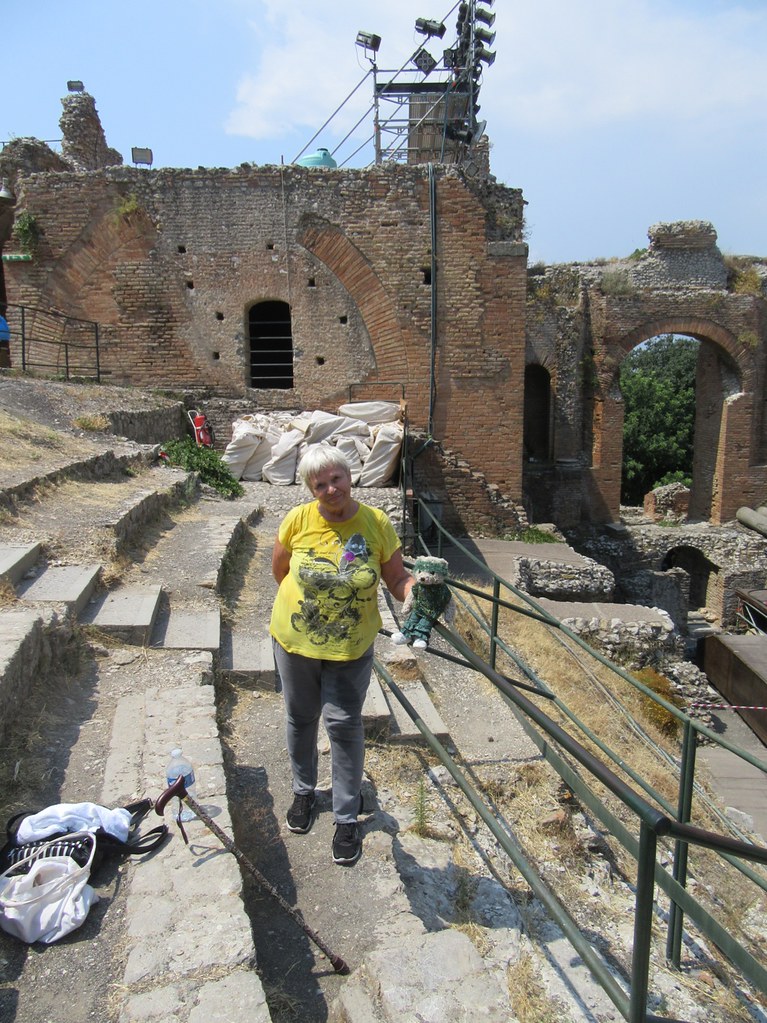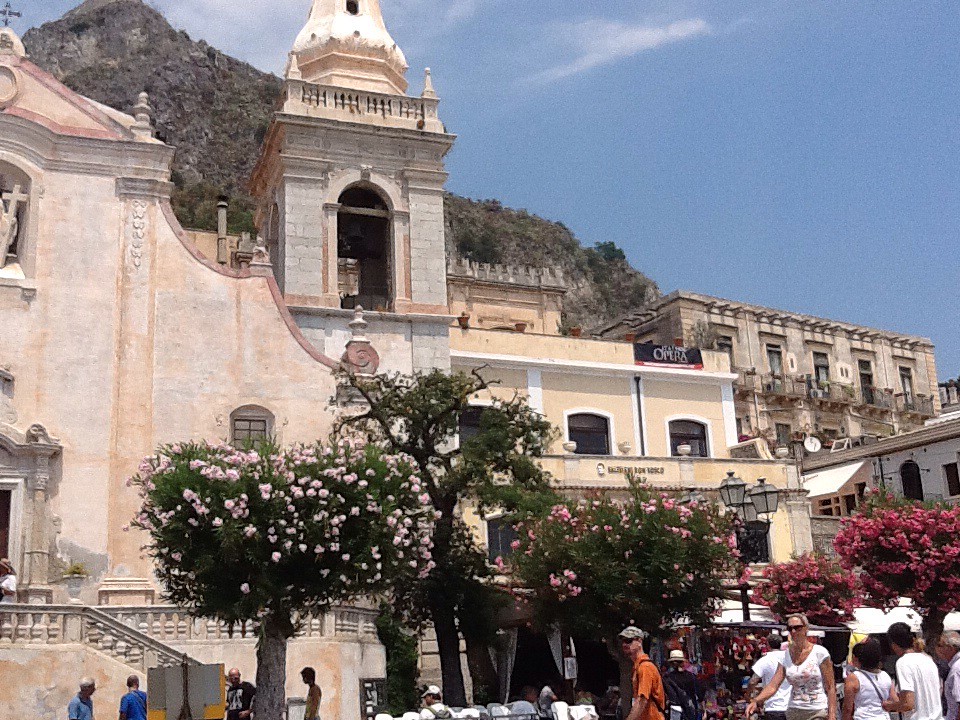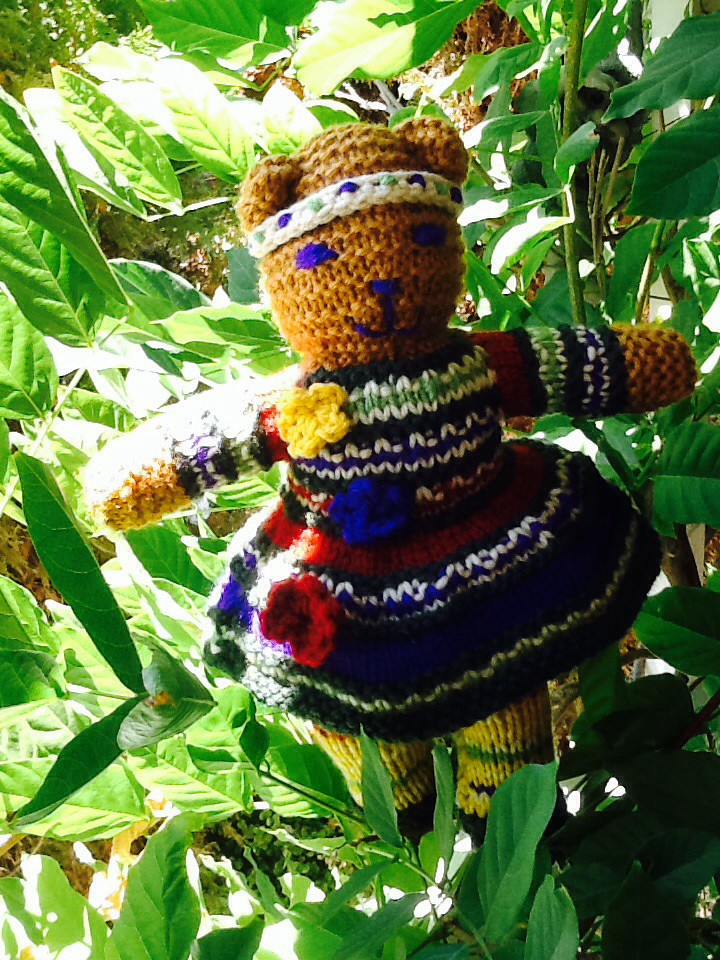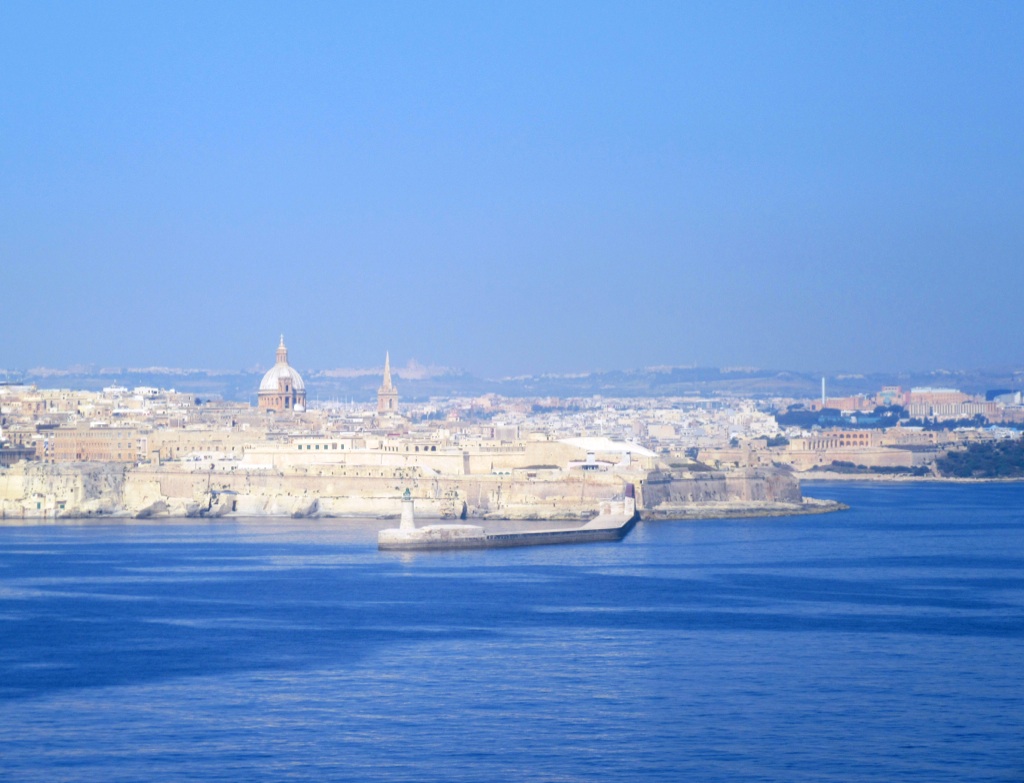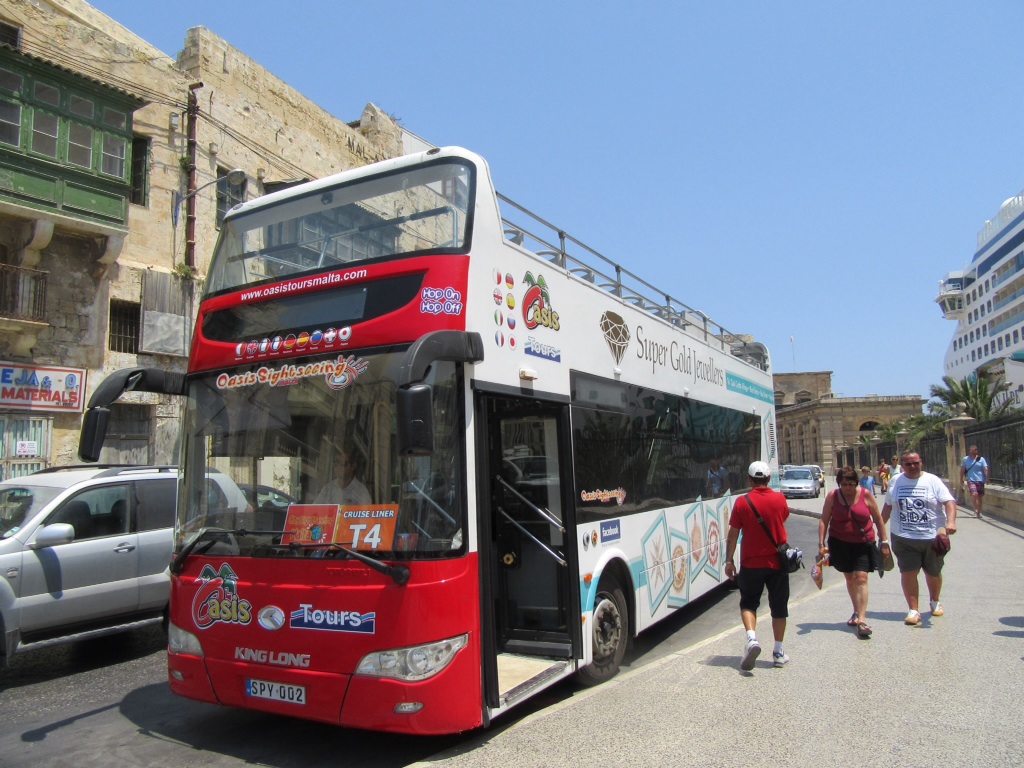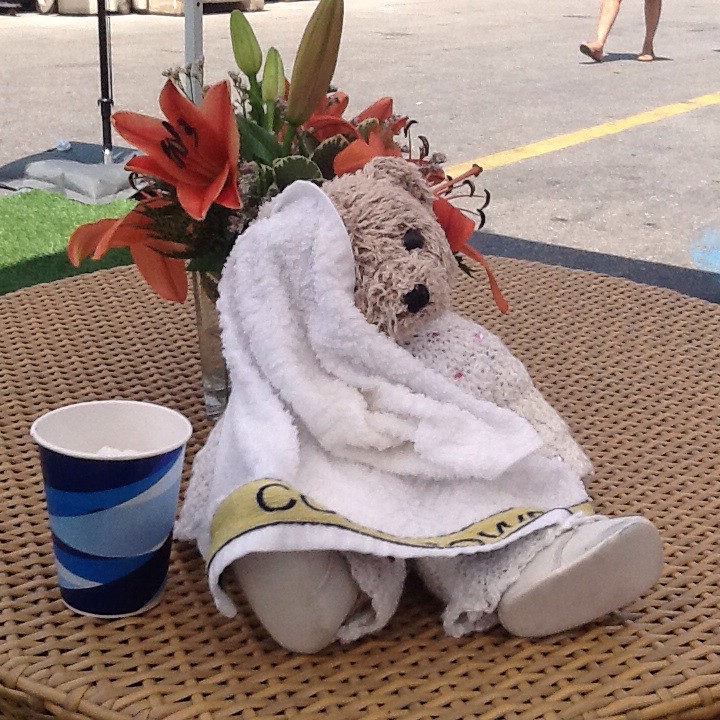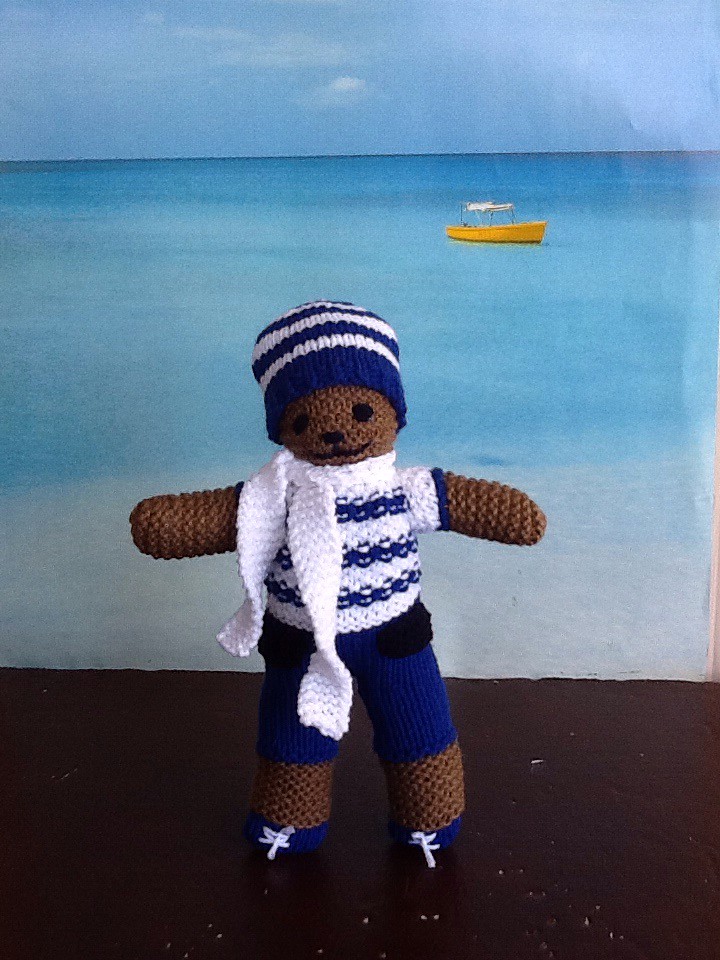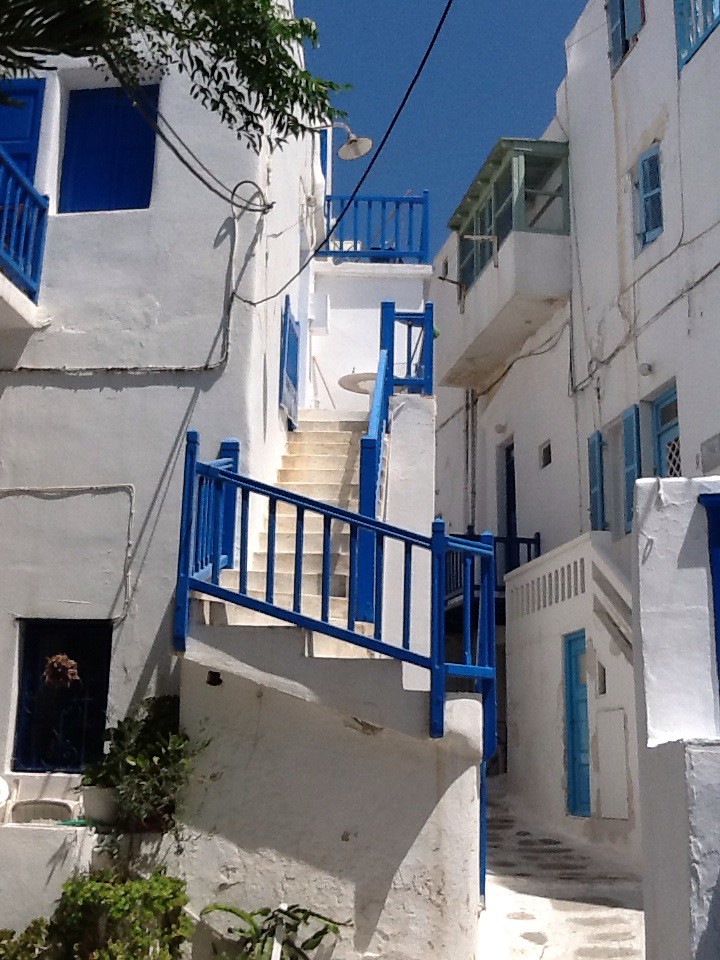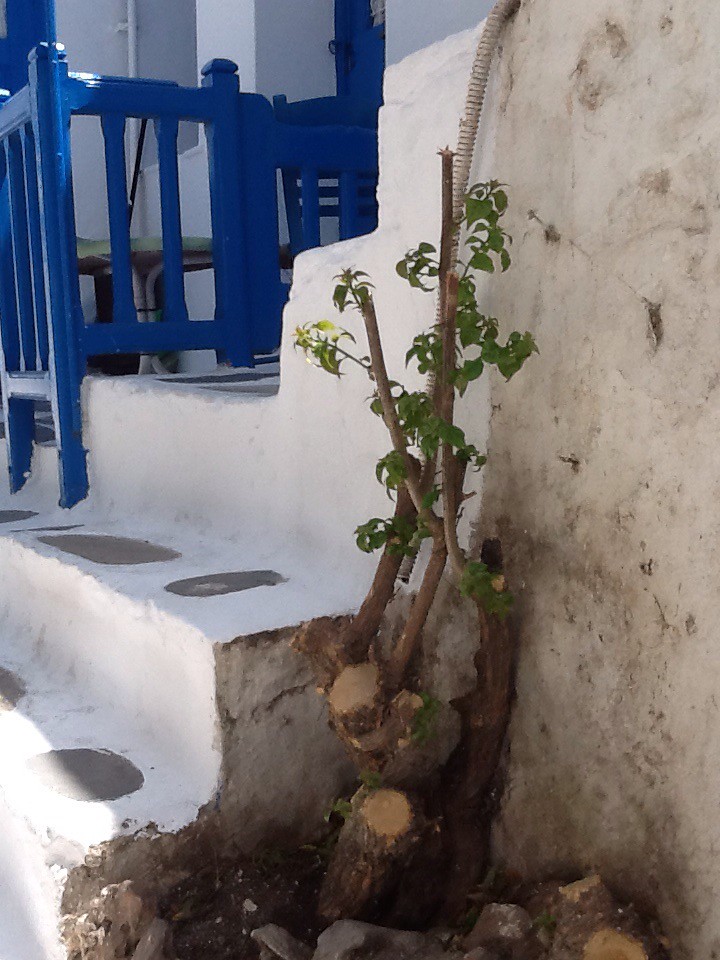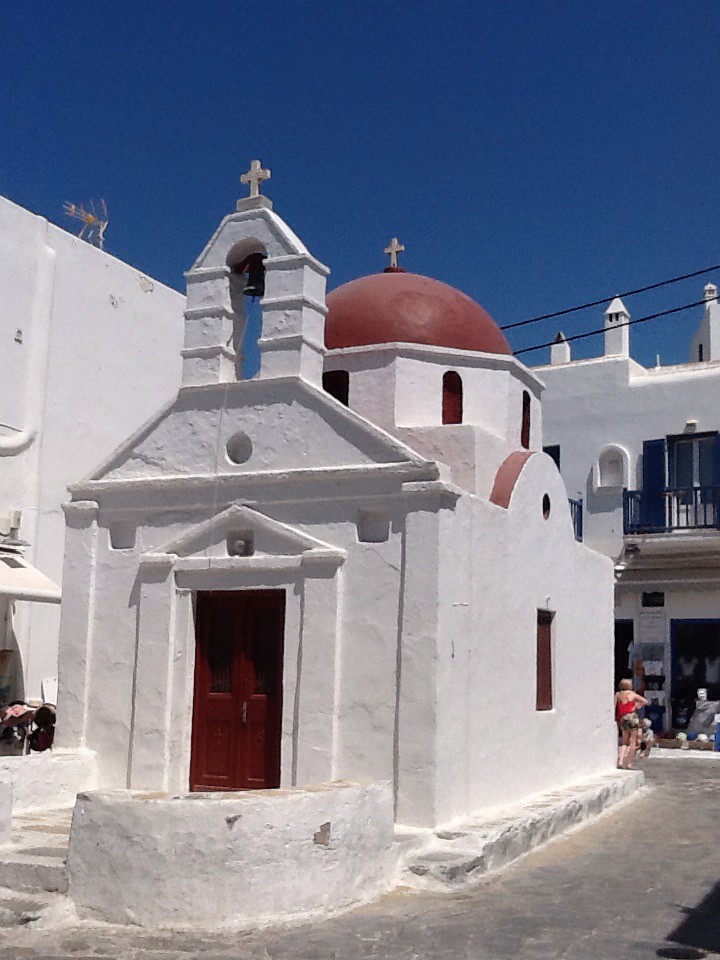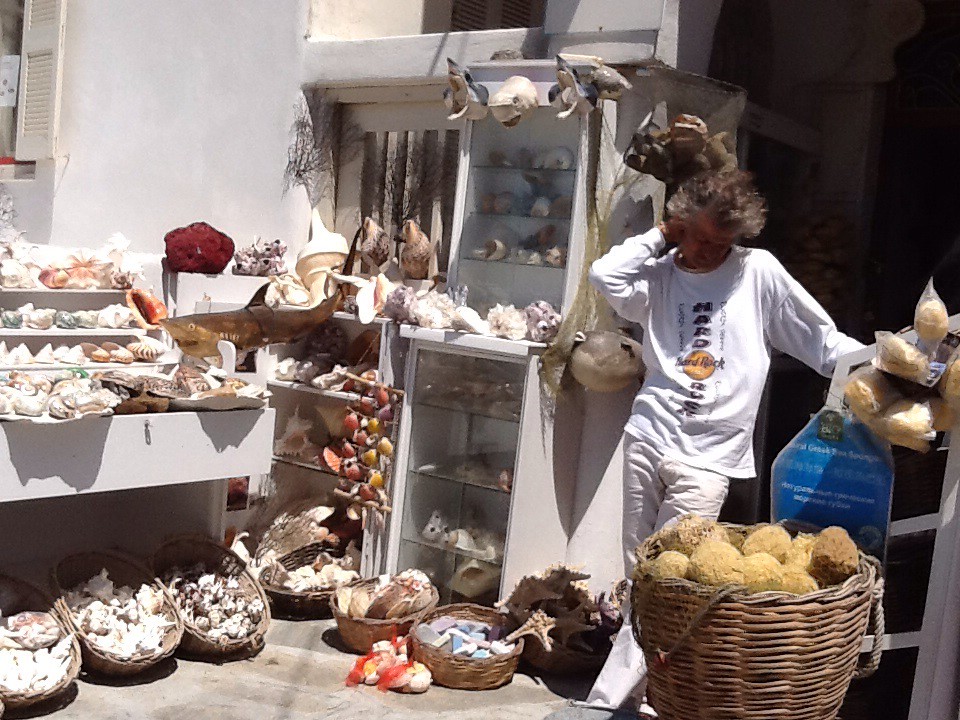
Pompeii or Life and Death Among the Ruins
Sitting at my favorite coffee shop, investigating one of my earliest memories of ruins, I learn through google that the Tinkstätte in Heidelberg, that is the name I had written on the back of the photo in 1951, is not a leftover from ancient times, but a Nazi era celebration site. Why had my teacher, Frau Sommer, taken us there on one of our school outings?
Did she tell us the truth about the amphitheatre? How is it possible that my love of ruins began at a place that Goebbels opened as propaganda venue? A place of Nazi blood and soil mysticism! A place I should despise, but instead honor as precious memory.
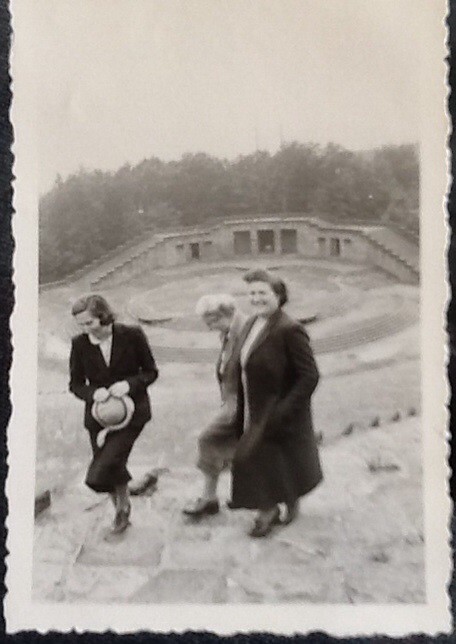
For many years I have traveled to, touched, and photographed ruins, old stone structures, walls, castles, fortresses, theatres, graves. When I hiked Hadrian's Wall Path in England I spent ten days, walking during the day, and thinking about what I had seen in the evenings. I connected, piece by piece, the stone wall parts and castles and garrisons while I discussed their history with other hikers brought together in common sleeping quarters in farm houses along the way. Hadrian's Wall was once the frontier against barbarians. It took fourteen years to build the wall and it is the largest structure built by the Romans. Not a whole lot of it is left, but walking next to the pieces felt electrifying.

On the other hand, I only spent an hour visiting the Great Wall of China at Badaling near Beijing, though its relics are spread across many provinces. It was a huffing and puffing steep ascent to the top, a quick look around, and a busy retreat back down for a group photo. I probably should not have any feelings for the Great Wall of China, but - as it happens sometimes with a short affair - its image lingers.
A totally different approach was my one month rental of a small house in the walled town of Dilsberg, Germany. I wanted to and did, explore the same ruin at different times of the day and in different weather conditions. Fully immersed into the history of the town but also totally aware of its present, I took daily walks to the castle, followed by a leisurely climb of its circular staircase, and a long panoramic look from the very top at the landscape, far and near. Through discussions, nods, and smiles I bonded with the overseer, who was also the ticket seller and chocolate bar dispenser. It was an unforgettable month.
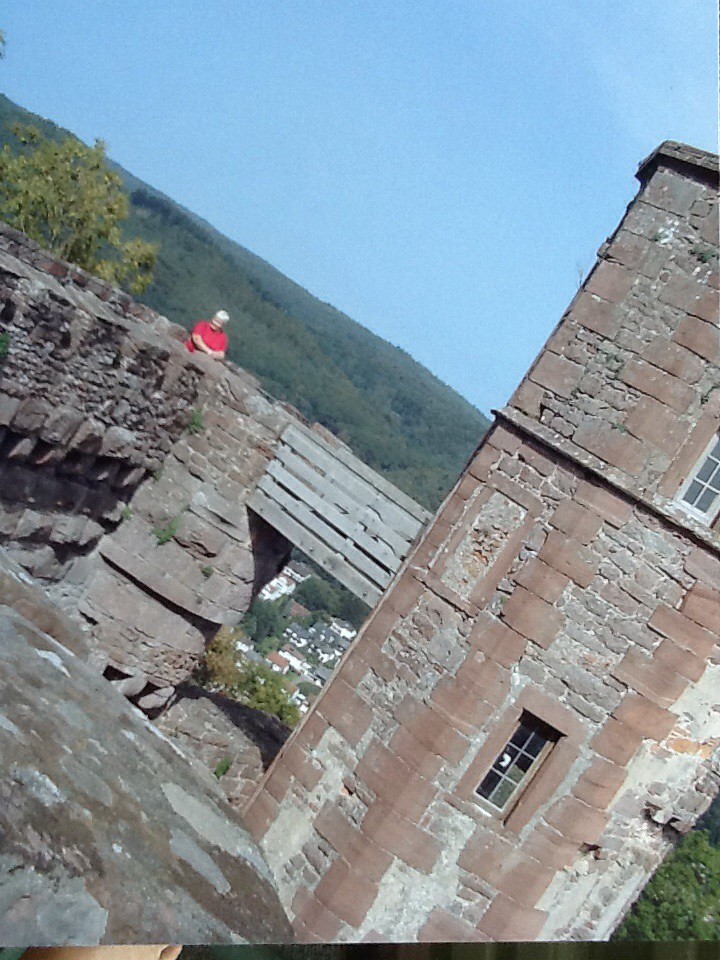
There were, of course, many other ruins. I roamed WW II bunkers and other defense structures for a week in St Peterport on the island of Guernsey taking hundreds of photos. Over the years I revisited the castle in Heidelberg a few times. I had used to play hide and seek with friends in its woods while I was still a student, but never paid much attention to its history. In Marrakech I chatted with beak-clapping storks that built nests on top of the ruins of El Badi Palace. In Cairo I nodded to the sphinx while admiring the pyramids. I have come to think that modern Greeks whitewash their island ruins; it is difficult to find a structure that does not look bright and cheerful in the sunlight on Santorini and Mykonos. Corfu is an exception; between strong coffee and gelatto I found plenty of rusty pipes and old window shutters to delight me.
This time, on the last day of cruising the Mediterranean, I took a daylong group bus tour along the Amalfi coast. We left the Salerno harbor at eight in the morning, visited a farm where we learned about pressing olive oil, making mozzarella and limoncello. At lunch time I ate pizza in Sorrento before getting back on the bus for the last part of the journey - Pompeii. The afternoon was dedicated to Pompeii.
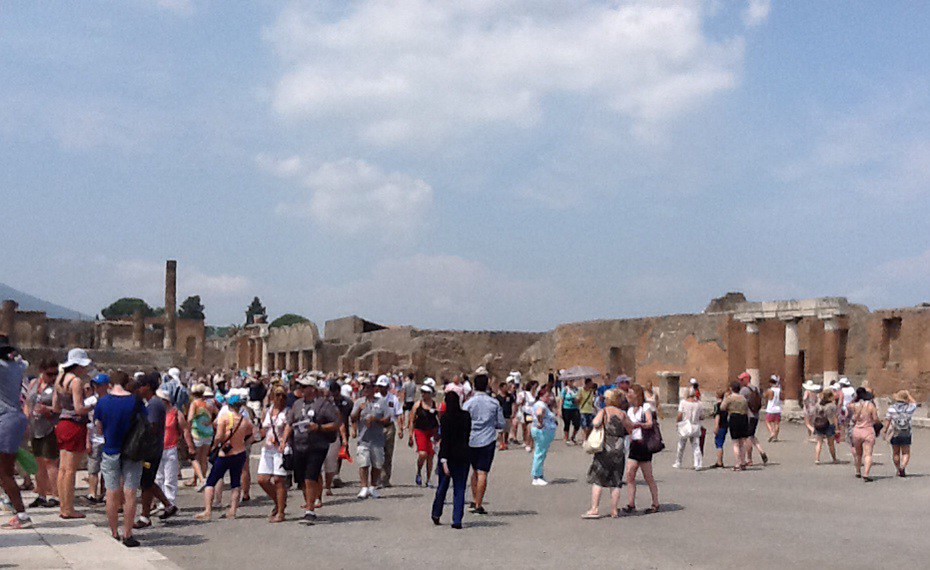

Pompeii hit me as a different kind of ruin. A somber one. Until now the ruins of castles and churches and fortresses and theatres I visited were the remains of official structures, the homes of kings, military institutions, religious or public gathering places. Many of them are the product of gradual deterioration. Hundreds of years of decay. When I entered them I often heard the echo of laughter, voices that cheered on athletes or saluted an emperor or prayed to gods.
Though I entered Pompeii with a large group of people and all the exhibits and rooms and individual sites were filled with and surrounded by tourists, I felt as if I was visiting a graveyard.
I didn't hear Pompeii laugh.
Pompeii, all of Pompeii, died in 79AD when Mount Vesuvius erupted and covered it with tons of ash. What I saw was human agony and fear and panic, preserved by lack of air and moisture, for fifteen hundred years before its initial discovery. Eventually dug up and exposed to the merciless heat and bright light of the Mediterranean sun and a daily stream of curious visitors. Archeologists filled the cavities left by bodies with plaster, immortalizing the shape and position of the dying human or animal. Pottery, frescoes, graffiti, design and architecture give insight into the daily life of first century AD Roman families.
Looking back on that afternoon in Pompeii and comparing it with other ruins I am pulled back and forth between death and life. Thinking of an equally hot and crowded afternoon at Ephesus, Turkey, I smile. I had taken my teddy bear Tyana out of my backpack and photographed her sitting on a public toilet, under the statue of Nike, and in front of the library. I had followed the tourist guide's flag, had listened to his jokes and historical expertise, had walked for hours across uneven terrain, never tiring of all that I saw. Ephesus was a center of life. I imagined learned citizens standing between the shelves of the library, pondering philosophical questions, while artisans and craftsmen tended to their shops and women scooped small children into their arms.

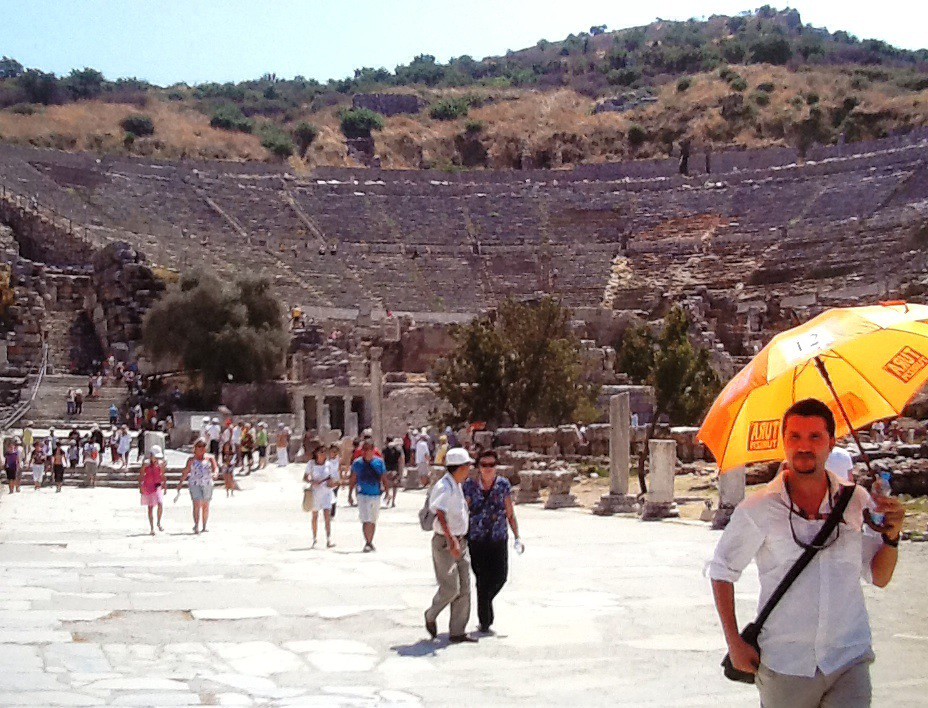
My coffee has gotten cold; a breeze swirls through the palm fronds across the street; I am the only customer still sitting outdoors at the coffee shop, and my thoughts wander across marble, and limestone, across granite and sandstone and bricks.
Young people are celebrating the night of the witches at the Tinkstätte; a man's head is bent over a parchment at the Celsus library of Ephesus; a baby cries while ashes cover Pompeii; Johann Wolfgang von Goethe awaits his friend Kniep in the Taormina amphitheater. I am a small child in the Black Forest, waving good bye to the storks before they leave for Marrakech. And then, suddenly, I am 76, holding on to my cane, leaning against an olive tree in Pompeii, pondering death from heat stroke in the ruins.
I observe how images of life and death mingle, not tethered to opposing ends of linear time.
History records events in chronological order, but reality creates, destroys, rebuilds, adjusts, mixes, imagines on a much grander scale. Simultaneously.
With a bit of smugness I note that I did not die in the ruins of Pompeii. And I wonder if there are other ruins still waiting for me.



